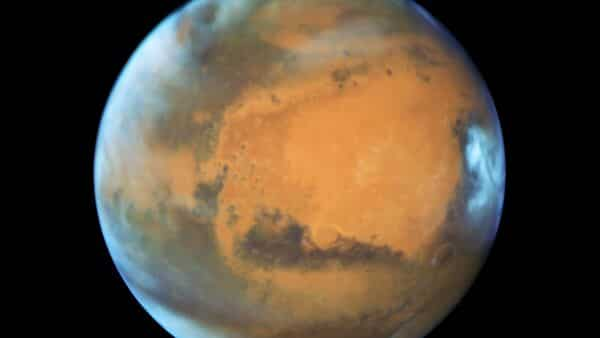
NASA’s James Webb Space Telescope was launched in December 2021. It has recently captured its first images of Mars.
The James Webb Space Telescope, which NASA successfully launched in December 2021, has taken its first pictures of Mars. The telescope, a product of an international partnership involving the European Space Agency and the Canadian Space Agency, adds to the information being gathered by orbiters, rovers, and other telescopes by offering a distinctive perspective on Mars through its infrared sensitivity.
Short-term occurrences on Mars, such as dust storms and weather patterns, can be studied with the James Webb Space Telescope. The top right, top left, and bottom left corners of the first image each have three lighter brown patches that break up the predominantly mottled dark brown colour. The colour coding indicates that these lighter parts are brighter. Syrtis Major (black volcanic rock), Huygens Crater, and the Hellas Basin are all indicated by arrows.
The northern hemisphere of Mars and its poles are depicted by the colours purple and red on the “heat map” in the second image. Brighter, warmer climates are represented by orange and yellow. On the left part, where the Sun is almost overhead, there is a sizable yellow area. The Hellas Basin is a region of orange within that yellow, made darker by atmospheric phenomena.
The Martian atmosphere is depicted in the third image. Carbon dioxide, carbon monoxide, and water signatures have been found by Webb’s NIRSpec detector. Scientists can learn more about Mars’s surface features, clouds, and dust by analysing this data.
The principal investigator of these Webb observations, Geronimo Villanueva of NASA’s Goddard Space Flight Center, and his colleagues recently published Webb’s first near-infrared spectrum of Mars, showcasing the capability of Webb to explore the Red Planet with spectroscopy.
The spectrum displays the subtle variations in brightness between hundreds of different wavelengths that are representative of the planet as a whole, as opposed to the images, which show differences in brightness integrated over a large number of wavelengths from place to place across the planet at a specific day and time. To learn more about the surface and atmosphere of the planet, astronomers will examine the spectrum’s characteristics.
Recent Posts
- Astronomers detect first direct image of black hole expelling a powerful jet
- WhatsApp rolling out ‘reply with message’ feature within call notifications
- Multi-Device Pairing May Be Arriving for Apple Watch this Year
- Artificial Intelligence Discovers Hidden Giant, a Planet 5 Times Larger Than Jupiter
- Google CEO Sundar Pichai Talks Bard & The Future Of Search
Recent Comments
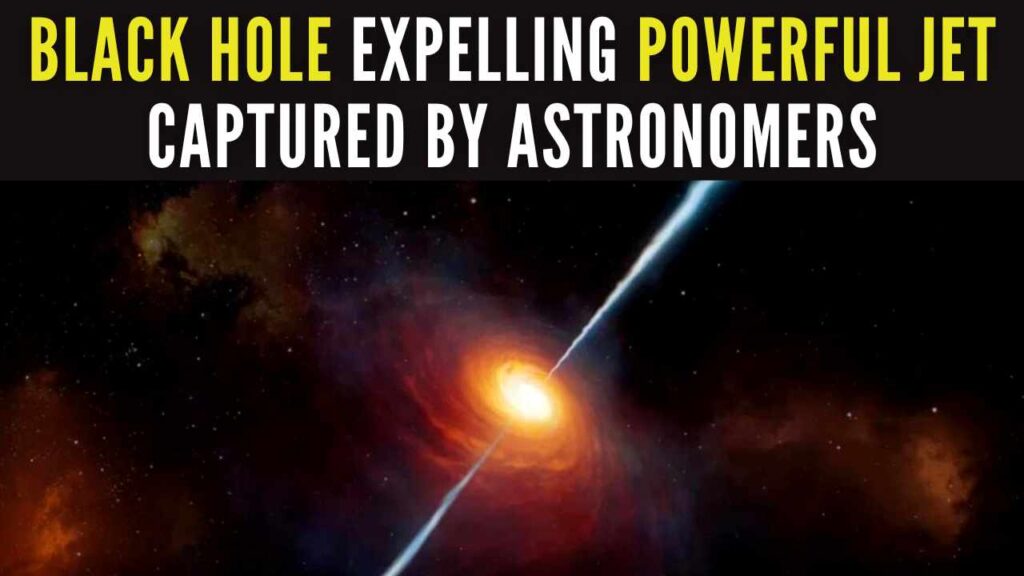
Astronomers detect first direct image of black hole expelling a powerful jet
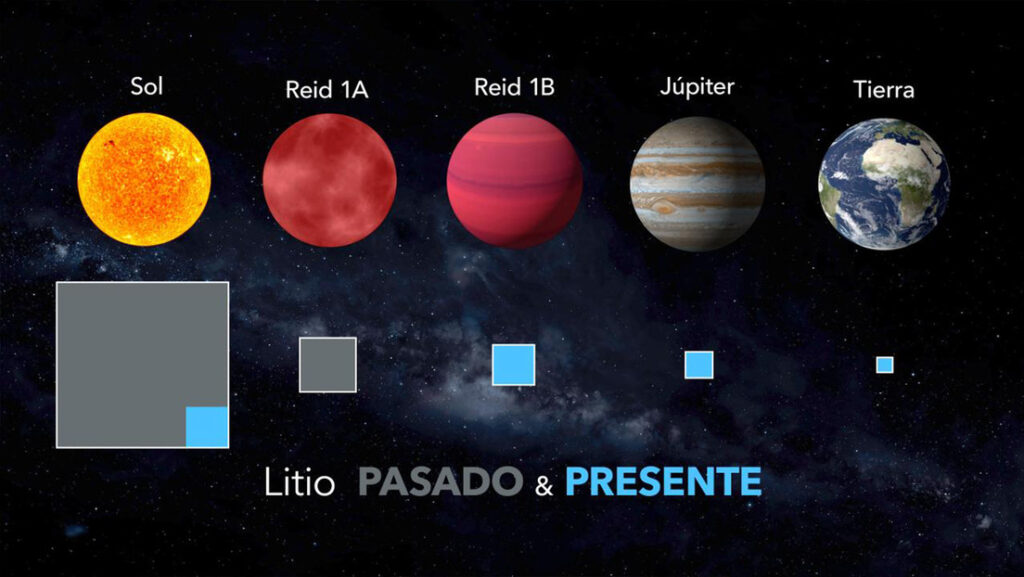
Artificial Intelligence Discovers Hidden Giant, a Planet 5 Times Larger Than Jupiter
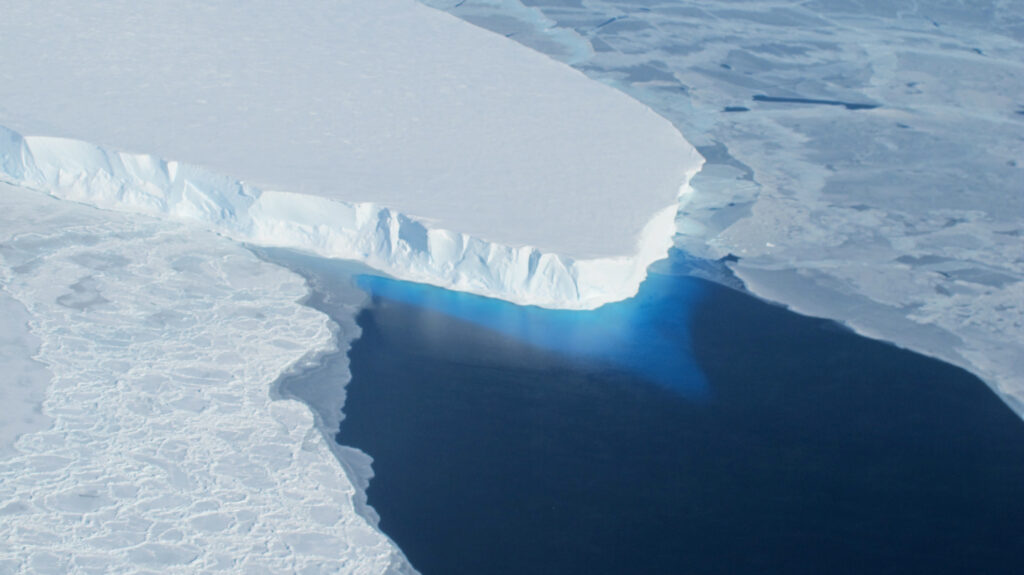
Scientists explain melting of Antarctic ice sheet dating back 9,000 years
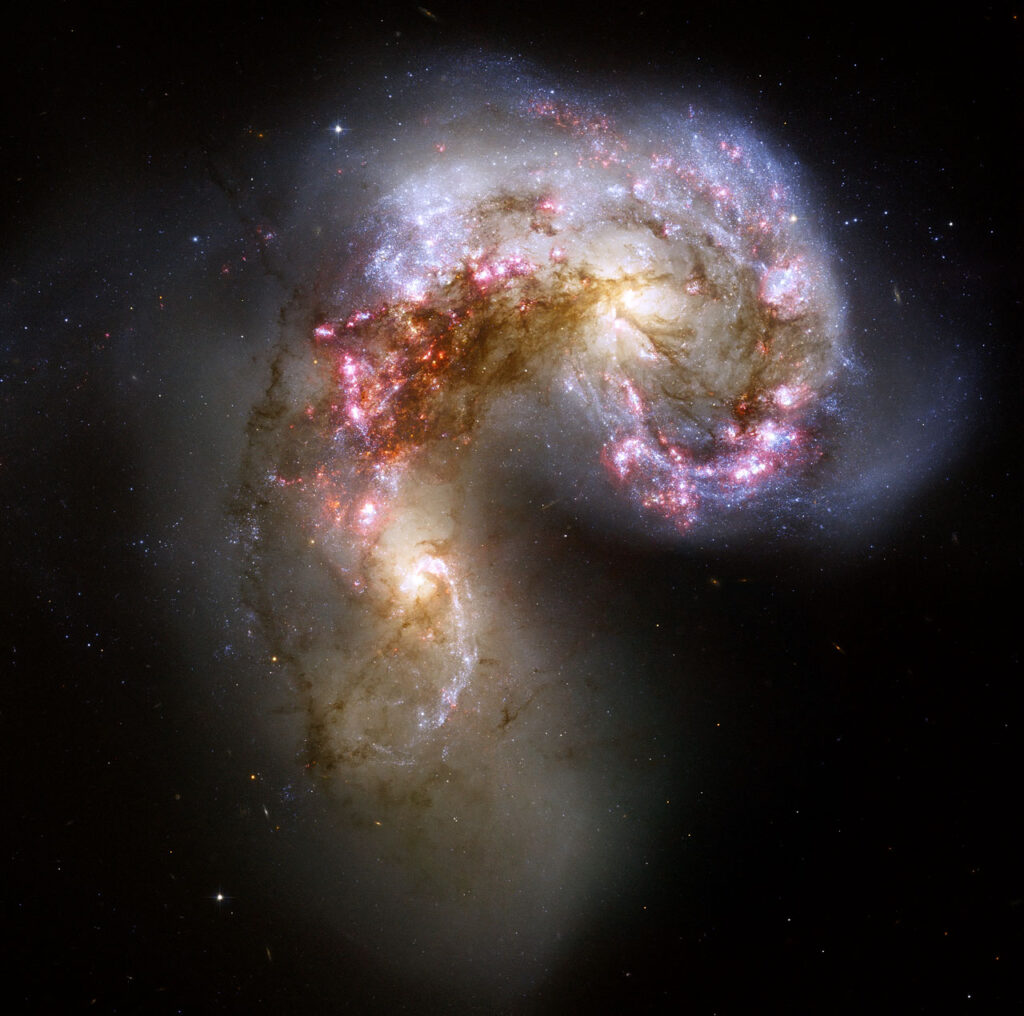
An Unexpected Discovery: Hubble, ESA's Gaia Spot Double Quasar That Existed Over 10 Billion Years Ago

Astronomers detect first direct image of black hole expelling a powerful jet

WhatsApp rolling out ‘reply with message’ feature within call notifications

Multi-Device Pairing May Be Arriving for Apple Watch this Year


